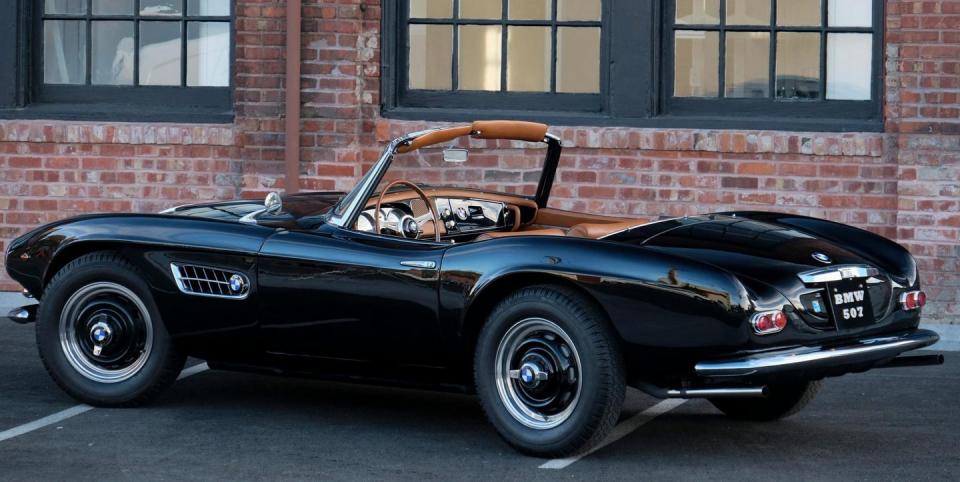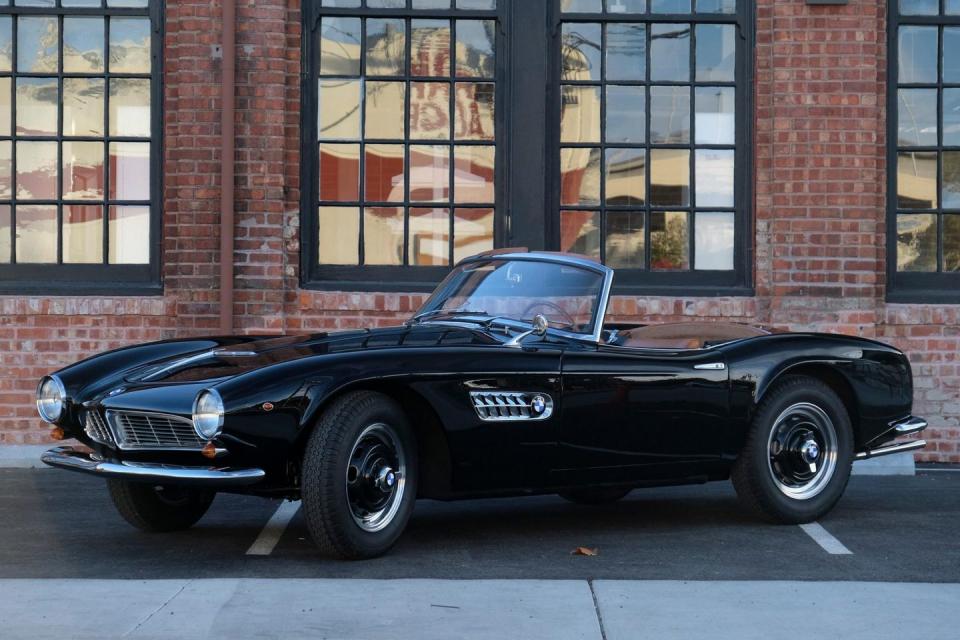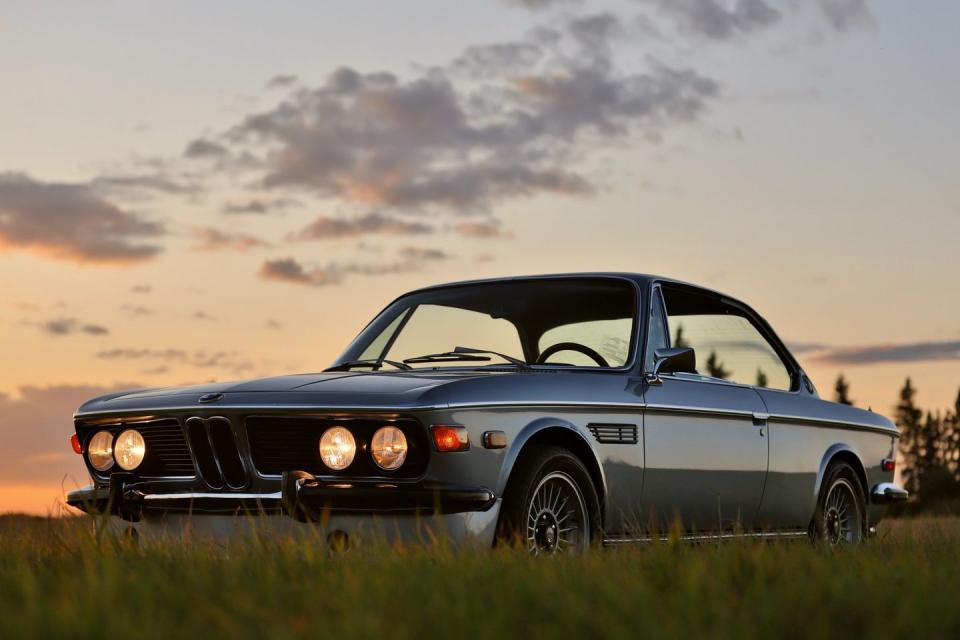You Can Buy BMW's Entire Modern History Right Now

BMW has always emphasized its own heritage. From shared kidney grilles to product lines that trace their origins back half a century, the company has always defined itself by how it has built on its own legacy of performance luxury without losing contact with the things that got them there in the first place.
If you have four garage stalls and seven figures in liquid assets, four founding pillars of that history can be yours by the end of next week.

Our tour of history starts with what would be the crown jewel of this or most other BMW collections, a 1957 507 Series II. The gorgeous 507 is a rare icon, conceived to compete against roadster variants of the racing-bred Mercedes 300SL but actually less common than the legendary sports car. Just over 250 507s were produced, all designed to allow BMW to compete with the racing pedigree of close rival Mercedes by offering a more elegant and forgiving solution to the roadster market without sacrificing performance.
Unfortunately for BMW, it was not an immediate hit. The 507 is memorable to anyone that has ever seen one, but it was very expensive to produce and develop, far too expensive for the actual market it is supposed to be filling, and could not justify its existence as a money sink with the sort of race wins that Mercedes had produced with the 300SL before shuttering its racing programs after the 1955 24 Hours of Le Mans. The 507 would later influence future BMWs by providing the blueprint for the Z1, Z8, Z3, and Z4 roadsters decades later, but its immediate impact on the company was precisely the opposite; Because the 507 could not sustain itself, the company instead had to focus on the sort of performance sedans it could produce in larger numbers and sell to the average consumer.
This particular 507 is a Series II, one of just fifteen to be delivered in a black finish from the factory. It features a few refreshed pieces, including a factory replacement engine dated to 1959, and a few replacement components, including new emblems, but it still reflects the look and performance of the original cars as delivered.
Currently bid up to $1,155,000, this 507 is by far the most expensive and least common car in our hypothetical collection. It is also the turning point. Its failure as a product is the reason BMW's performance history takes a sharp turn in another direction.

The failure of the 507 forced BMW to think more practically, resulting in the versatile New Class midsized sedan that defined the company's mid-1960s. Success of the New Class gave way to two successors, each of which boasted a notable performance variant and a celebrated racing history.
The larger coupe was known as the E9, and its famous racing variant was the 3.0 CSL. The most radical racing variant of the 3.0 CSL, run in Group 5, was known as the "Batmobile" for its then-outrageous combination of a massive wing, an even larger front diffuser, and fender flares widening the car to an unbelievable new extreme. Less extreme examples competed in touring car classes around the world, re-establishing BMW's racing heritage for a new generation.
This 3.0 CS is not the more extreme CSL homologation special, but it does boast an aftermarket diffuser inspired by those cars. Far from the originality of the previous 507, the car also features a few other aftermarket components, like an Alpina steering wheel, designed to make the car more practical day-to-day.
The history of BMW's larger coupes is mixed, since the company changed the specific goal for these cars every single time they refreshed them, but the E9 can be seen as the origin point of the modern 8-Series, tracing its way back through three generations of 6-series, the original 8-Series, and multiple stretches of BMW not producing a two-door car larger than the 3-Series.

 Yahoo Autos
Yahoo Autos 